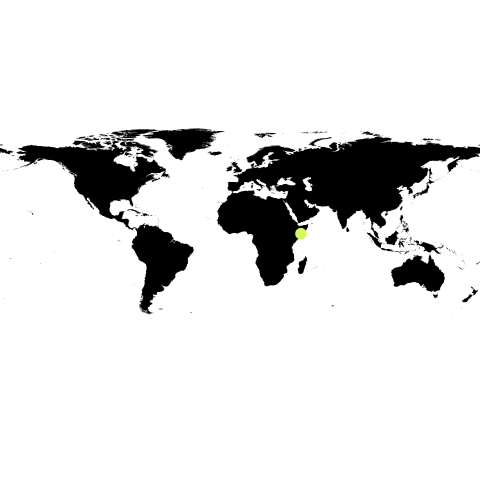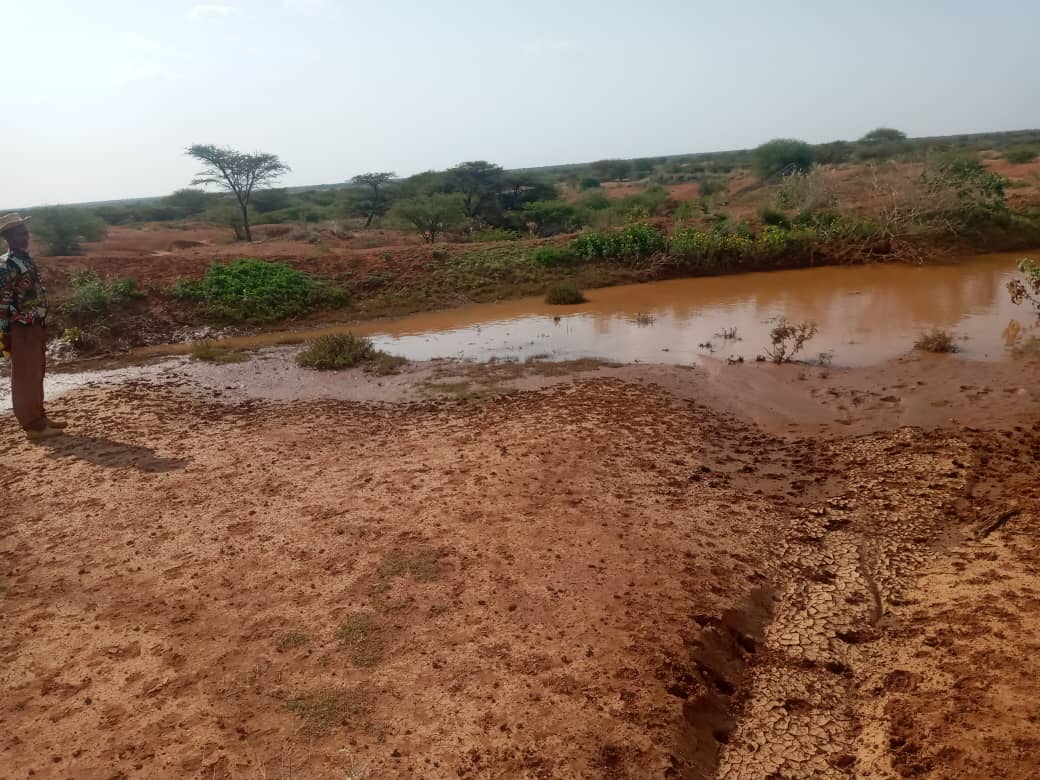Disclaimer:
Please be aware that the content herein has not been peer reviewed. It consists of personal reflections, insights, and learnings of the contributor(s). It may not be exhaustive, nor does it aim to be authoritative knowledge.
Learnings on your challenge
What are the top 5 key insights you generated about your frontier challenge during this Action Learning Plan?
1. The lack of geographic map delimitation data on the level of communities in both Somaliland and Somalia. This is one of the limitations in the use of GIS data in UNDP programming in Somalia and necessitates costly primary data collection. 2. The absence of data protection laws in Somalia are one of barriers holding back data sharing with government and private sector partners. 3. The relationship between vegetation degradation or regeneration and community adaptation to droughts is not a linear one. It is very complex and interestingly would need a more systemic solution than a single point solution. 4. Positive deviance approach suitability is dependent on the nature of the problem and the likelihood of PD existence. Both of which were redefined in our case because of limitations regarding the availability of data and skills. 5. One of the interesting points discovered during our stakeholder interviews was the importance of vegetation for drought survival. We found that water itself is important but the resource which effects livestock survival and with it the survival of people who depend on them, is the obtainability of grazing resources. 6. From the qualitative part of the positive deviant study, we found that rangeland degradation was starting in the PD categorized villages although slowly. 7. One of the possible explanators of a successful (PD) village is their awareness of the degradation of natural resources.
Please paste the link(s) to the blog(s) that articulate the learnings on your frontier challenge.
Did you experience any barriers or bottlenecks when impacting the system, working on your frontier challenge respectively?
Yes we did and these difficulties were : 1. Inconsistency of government partners cooperation throughout different stages of the pilot. 2. The political sensitivity of the Somaliland and Somalia divide was a challenge to navigate through. 3. The difficulty to acquire data on the level of village communities. 4. The difficulty to enter data sharing agreements with government and private sector partners in Somalia.
For this frontier challenge, how much of your time did you dedicate to the stages in the learning cycle? Please make sure that your answers adds up to 100%.
Data and Methods
Relating to your types of data, why did you chose these? What gaps in available data were these addressing?
To initially frame the challenge and defined aspects needed for the PD method we utilized informal conversations and direct interviews with many stakeholders. We combined less traditional sources of data like remote sensing and satellite imagery to estimate the health of vegetation over a length of time from 2015 to 2020 with survey results, mapping 5 km buffer zones around villages, water resources, rainfall and land cover maps. All this was to both find the most probable locations where communities sustained their rangelands. Then with these potential PD villages a more in-depth field visit was initiated where focus groups, surveys, direct interviews were conducted to develop and understanding of why these communities were outperforming others.
Why was it necessary to apply the above innovation method on your frontier challenge? How did these help you to unpack the system?
The Positive Deviance method was necessary to help us find the locations of role model communities and home group solutions. Because we do know these solutions and conservation efforts do exist on the community level but reaching out to them is a challenge in the local context. On the side of systems thinking, the use of this method was necessary because of the nature of the challenge itself. Vegetation health itself is dependent on many conditions of local behaviour, change in climate, economic activity and societal changes. Thus deploying a systems lens to the problem was very necessary.
Partners
If applicable, what civil society organisations did you actually work with and what did you do with them?
If applicable, what academic partners (and related institutions) did you actually work with and what did you do with them?
If applicable, what private sector partners did you actually work with and what did you do with them?
If applicable, what government partners (and related institutions) did you actually work with and what did you do with them?
Ministries of Livestock and Fisheries, Minister of Planning, Ministry of Agriculture and Ministry of Environment in Somaliland.
Relating to your answers above: who of the partners listed were new and unusual partners for UNDP, and what made them special?
Ministry of Livestock and Fisheries was not a typical partner for UNDP, in the context of Somaliland.
If applicable, which UN internal partners did you actually work with and what did you do with them?
FAO and FSNAU were among the stakeholders whom helped in the initial design of the system.
End
Bonus question: How did the interplay of innovation methods, new forms of data and unusual partners enable you to learn & generate insights, that otherwise you would have not been able to achieve?
Please upload any further supporting evidence / documents / data you have produced on your frontier challenge that showcase your learnings.
The closing form saves automatically or via the blue "save changes" button the top left. Thank you



 2Zero hunger
2Zero hunger 6Clean water and sanitation
6Clean water and sanitation 13Climate action
13Climate action 15Life on land
15Life on land
Comments
Log in to add a comment or reply.